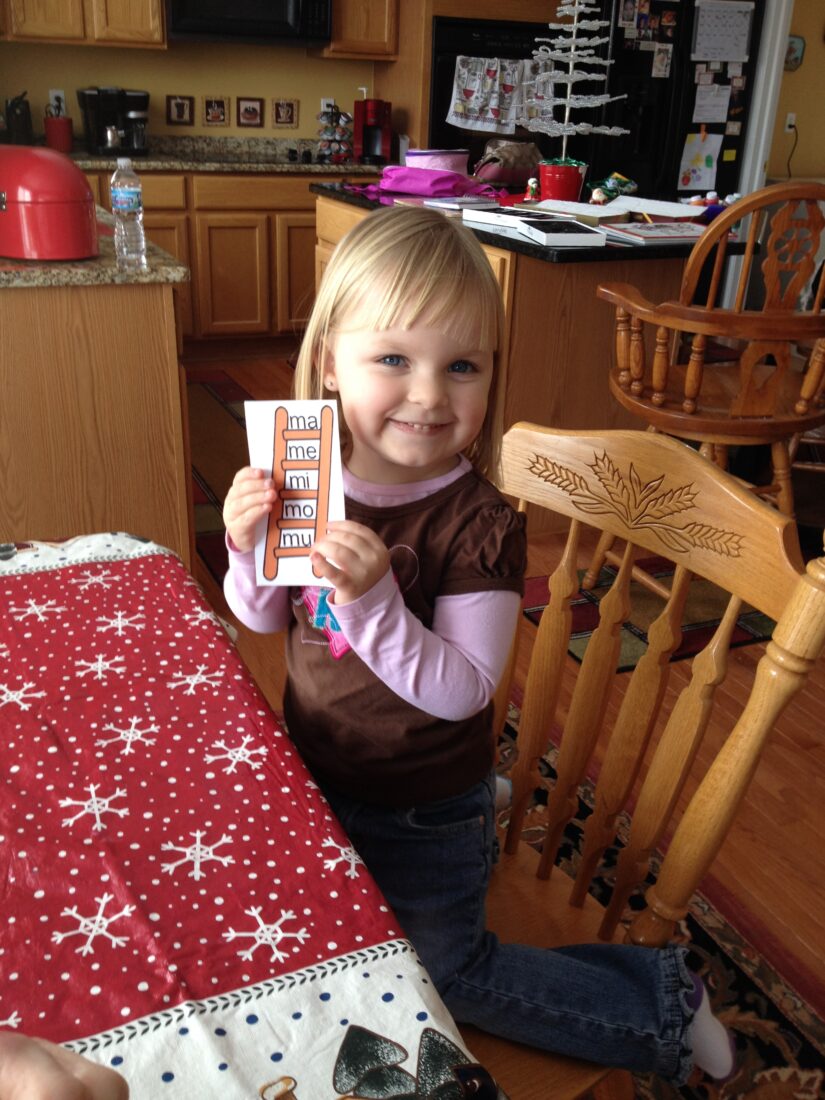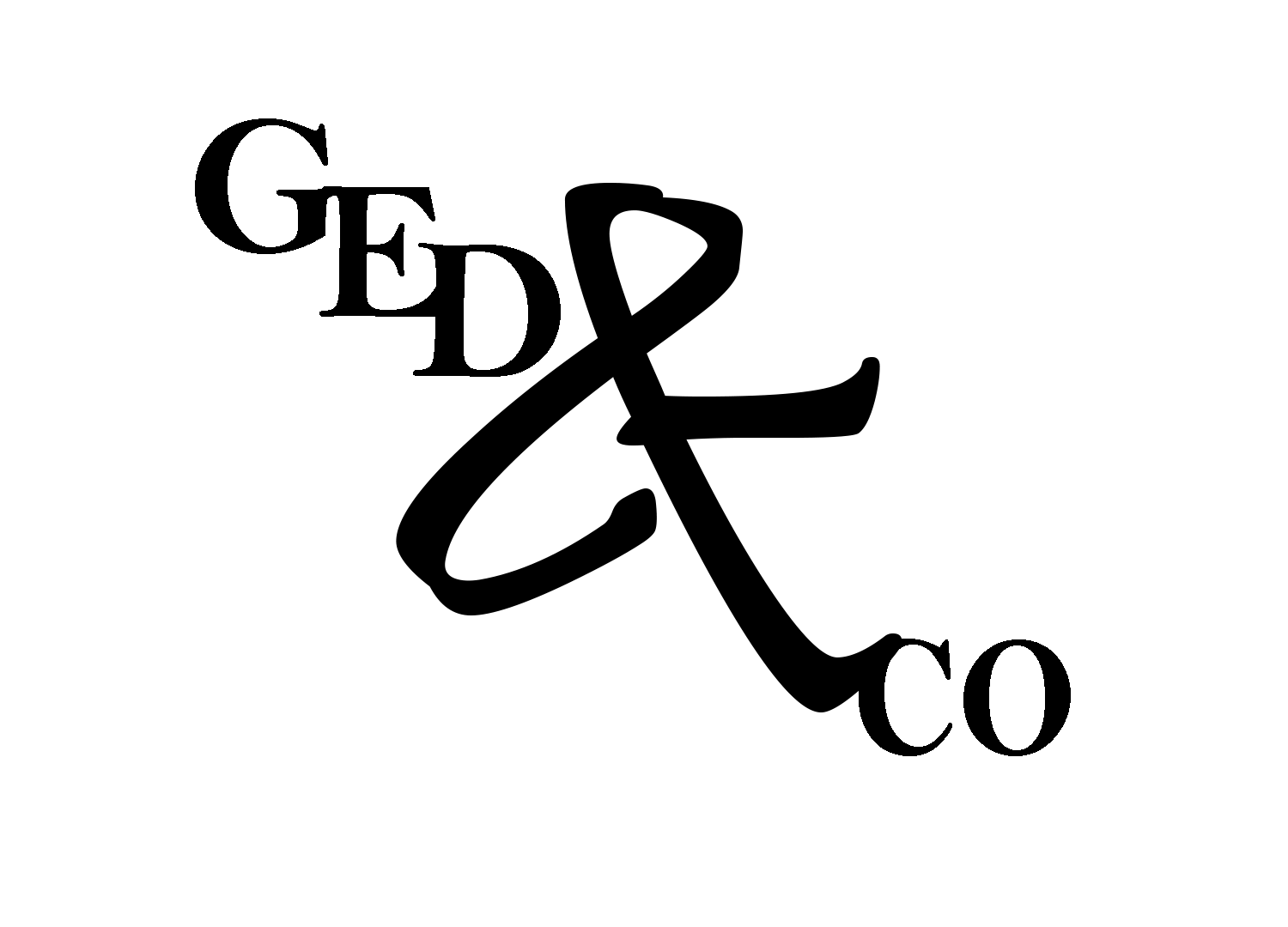By Carol Kay

So many of our schools are beginning a child’s reading experience by introducing them to the letter names and then the letter sounds and then jumping right into three-letter, short vowel words (CVC words)
However, children need to learn
ALL the steps necessary to correctly blend together
ALL the sounds inside words.
This blending process begins by learning the “sound” each of the letters of the alphabet represents. In fact, it isn’t even necessary for children to know the names of the letters during the early stages of reading; children only need to know the sounds that each of the letters represent.
After a child learns all the sounds for each letter, he is ready to begin blending two of those sounds together. Those two sounds should be the initial two letters of a three-letter word – the beginning consonant followed by a short vowel.
(CV blends).
Candy 4WAY Phonics begins these two-letter (CV blends) by using blend ladders.
After a child masters ALL the blend ladders, then he is ready to tack on a third letter to these consonant/short vowel blends (CV blends) and form consonant/short-vowel words (CVC words).
In this way a child learns to blend all the letters in the word starting at the beginning of a word and blending all the way through to the end of a word, thus forming a solid left right reading habit.
Far too many phonics programs begin children with word families. Candy 4WAY Phonics also uses word families, but not in the beginning stage of reading instruction.
Why is it so important to begin reading instruction with consonant/short vowel blends (CV blends) rather than with word families?
If the word-family method is introduced first in the reading process, it will look like this:
bag nag sag rag tag
Imagine yourself not knowing any of the words above. Which part of those words stands out? The ag stands out, and ag is located at the end of each word.
So the child begins his reading instruction by focusing his eyes on the end of the word, thus forming an incorrect, backward reading direction of right to left.
Now let’s look at a typical word string found in The CANDY 4WAY Phonics Program:
ba be bi bo bu
Imagine yourself not knowing any of the words above. Which part of those words stands out? The letter b stands out, and that letter is located at the beginning of each word.
So the child begins his reading instruction by focusing his eyes at the beginning of words, thus forming a correct reading direction of left to right.
ONLY AFTER a child has learned a proper left/right reading direction, is he ready to go on to words families such as: band sand land hand
Even at this stage, the instructor should sit close to the child, hold the paper or book, and use a pointer (the end of a pencil) to direct the child’s eyes from the beginning of each word all the way through to the end of each word. It is vital that a child continues to practice a left-right reading sequence.

